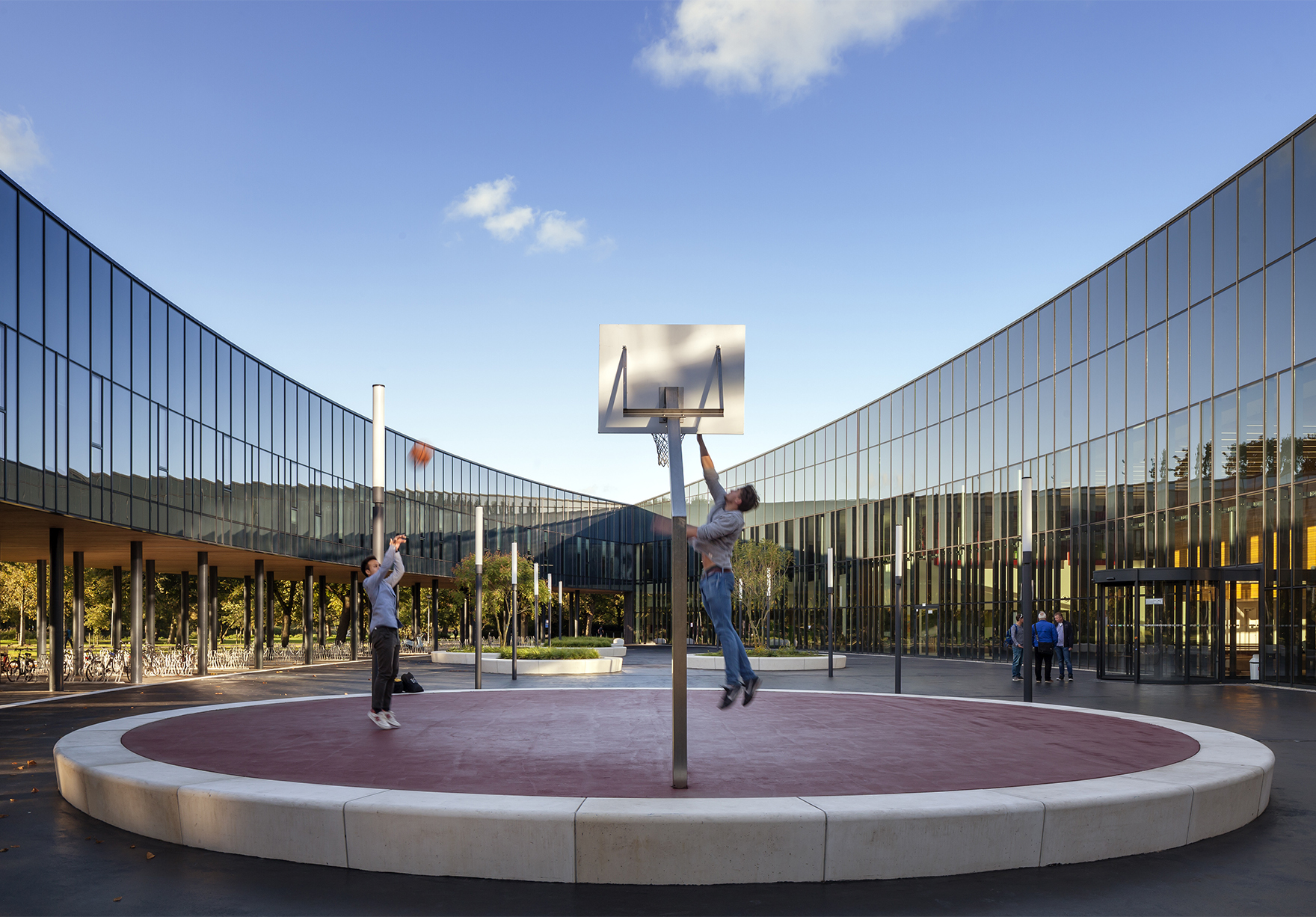Sweden, like its neighbour Norway, is poised for a sea change in the way it provides community sport and leisure facilities. As a member of the International Association for Sports and Leisure Facilities (IAKS) and a renowned innovator in the design of community sports facilities, our practice was invited to speak at the Träffpunkt Idrott Sports Summit in Gothenburg, Sweden to share our latest thinking in this area. Taking place over three days the summit covered a wide range of topics around the agenda of public health, sport and exercise.
I spoke in a seminar moderated by Dr. Karin Book from Malmö University, which interrogated the latest trends and innovations in the design of sport facilities, and in particular, the ability of sports architecture to promote public participation and active lifestyles.
The value of sport and physical activity to local governments and communities extends beyond sport for sport’s sake. In its widest sense, sport can deliver a positive impact on individuals, communities and wider society, generating a range of socio-economic benefits including a positive impact on public health and wellbeing. Moving the public away from inactivity towards movement of any kind, has been an ambition of policymakers for some time, in the UK and worldwide.
Featuring speakers from two different practices and backgrounds, the conversation covered a range of experiences in the design and delivery of sports facilities. Flemming Anders Overgaard, a co-founder of Copenhagen practice Keingart, shared his understanding of modern active lifestyle and the demands placed on facilities promoting sport and physical activity. Using examples of projects delivered by his practice, he demonstrated the value of small interventions in the promotion of not only programmed exercise, but also spontaneous movement, capable of engaging wider groups of users in physical activity.
My talk on the other hand, explored how innovative design solutions can contribute to an improved user experience, promote inclusivity, and foster public engagement in sport and leisure facilities, all with the outcome of increased participation. I used the rich experience of our practice in delivering multipurpose and multifunctional sports buildings to demonstrate how design for the ‘movement continuum’ is able to widen outreach. This concept looks at colocating a whole spectrum of sporting activities under one roof, thereby inviting a wide range of users of different ages, gender, physical capability and motivations to participate. This creates opportunities for a range of activities, starting from leisure and entertainment, requiring very little skill and commitment but able to gently introduce people into sports, to more formal sport and fitness activities, all the way to performance level sports.
In addition, I explored the synthesis between sport and educational facilities and the ability of colocation of these two potentially polarized functions to attract more people into the building, and ultimately, to motivate visitors to engage with a sporting offer. Building on our experience of four major projects at different stages of delivery, I illustrated how transparency and visibility of the sporting offer, as well as the positioning of social spaces in relation to the entrance and core activities can help to achieve this.
All the discussed architectural principles fall under an overarching concept of active design which looks at promoting spontaneous movement, active lifestyles and physical activity. This has become an important item on government agendas across Europe, in an attempt to tackle issues surrounding public health, wellbeing and inactivity.
Whilst highlighting obvious benefits of active design principles, this conference revealed a lack of supporting evidence at a practical level. This spiked a conversation around the cost implications of conducting research and the required involvement of specialist consultants to push this aspiration forward. The debate has also emphasized the necessity to promote active design principles to clients and developers, creating opportunities to trial emerging concepts further.
Ultimately, we believe strongly in the positive role active design can play in not only the design of sports facilities, but many other building typologies, and we will continue to encourage a joined up approach to its development across the industry.
Irina Korneychuk MA MArch PGDip
“Irina is a key member of the internationally renowned FaulknerBrowns’ sports and leisure team. Coming from Russia she has brought a global perspective on the design of sport facilities which challenges traditional models and drives innovation in the sector. Having been involved in the design of a number of high profile sport projects in the past, she is currently leading the design and delivery of a major sports facility for the University of Portsmouth which will raise the national and international benchmark for sustainability in its widest sense from the promotion of behavioural change to the consideration of economic and environmental sustainability in sports facilities.
Having achieved an architectural qualification in Russia, Irina came to the UK to complete two Masters degrees in Architecture and Urban Design from Newcastle University, gaining a Distinction. In 2017, she was named the winner of the prestigious AJ/Curtins Inspiring Graduate Prize and recently received the regional G4C Future Leader Award in 2018. Irina is also an active member of the North East G4C committee.”
https://www.linkedin.com/in/irinakorneychuk/
https://faulknerbrowns.co.uk/


